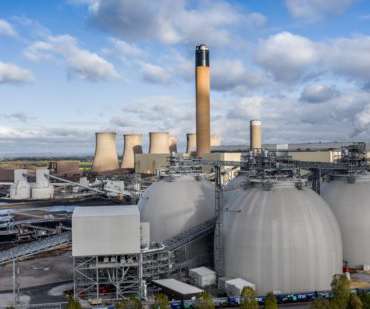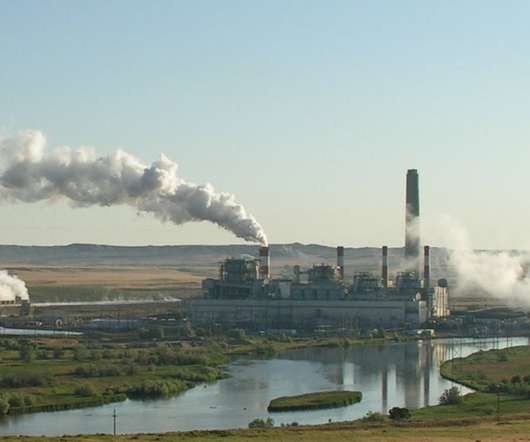The Future of Carbon Capture and Sequestration
The Energy Law Blog
OCTOBER 5, 2020
By ratifying the 2015 Paris Agreement, [1] nations across the world made a commitment to reducing greenhouse gas emissions by at least 40% by the year 2030. Carbon dioxide is one of the primary greenhouse gases found in the Earth’s atmosphere, accounting for 76% of global greenhouse gas emissions according to published reports.












Let's personalize your content